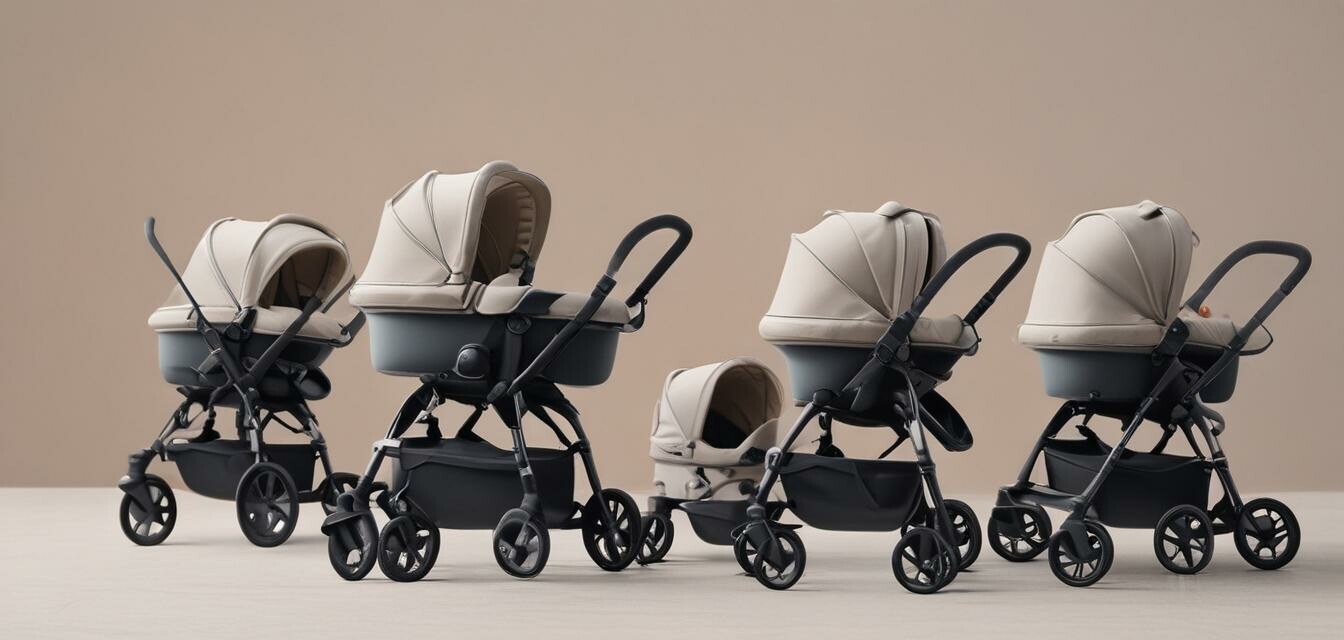
How to cope with stroller-related injuries
Key takeaways
- Understanding common stroller-related injuries helps in proactive prevention.
- Proper usage and regular maintenance of strollers are crucial for safety.
- Awareness of potential hazards can lead to better overall stroller experiences.
- Parents should be informed about local safety regulations and product recalls.
As a parent, one of your top priorities is ensuring the safety and well-being of your child. Strollers, while a convenient tool for transporting babies, can also pose risks if not used carefully. Knowing how to cope with stroller-related injuries is essential for every parent. In this article, we will explore common stroller-related injuries, their causes, and practical tips to prevent them. We will also discuss how to ensure an enjoyable and safe experience during outings.
Common stroller-related injuries
While strollers are generally safe, accidents can happen. Here are some common types of stroller-related injuries:
| Injury Type | Description | Potential Causes |
|---|---|---|
| Tip-over incidents | Occurs when a stroller tips over, potentially causing falls or injuries to the child. | Improper use, uneven surfaces, or overloading the stroller. |
| Pinched fingers | Fingers can get caught in the stroller's hinge or wheels. | Caution should be taken when folding or unfolding strollers. |
| Falls | Falls can happen when a child leans over too far while in the stroller. | Active children may shift their weight unexpectedly. |
| Injuries from brakes | Children may get hurt if the brakes are not engaged properly. | Rolling away on inclines or slopes. |
Understanding the causes
By recognizing the causes behind these injuries, parents can take the necessary steps to prevent them. Some of the primary factors include:
- Inattention: Parents sometimes lose focus while attending to other tasks.
- Device malfunctions: Worn-out parts or unmaintained strollers can become hazardous.
- Improper usage: Not following manufacturer instructions can lead to accidents.
Preventative measures
Here are some practical tips to help parents prevent stroller-related injuries:
- Always supervise: Keep a close eye on your child while using the stroller.
- Use the safety harness: Properly secure your child in the stroller using the safety harness.
- Avoid heavy loads: Do not exceed the stroller's weight limit, and avoid hanging bags from the handles.
- Regular maintenance: Check your stroller regularly for wear and tear or any malfunctions. Ensure brakes work properly.
- Follow guidelines: Always read and follow the manufacturer’s guidelines to avoid misuse.
Safe stroller practices
In addition to preventative measures, here are some safe stroller practices that can help:
| Practice | Benefits |
|---|---|
| Lock the brakes | Prevents the stroller from rolling away and ensures stability. |
| Choose appropriate surfaces | Use strollers on smooth, flat surfaces to minimize the risk of tip-overs. |
| Maintain a clutter-free stroller | Reduces the risk of tripping and allows for easier maneuverability. |
| Know your stroller limits | Be aware of the maximum weight limits and features of your stroller. |
Conclusion
Stroller-related injuries can be serious, but with the right knowledge and practices, parents can actively work to prevent them. Awareness and adherence to safety measures are vital in creating a secure environment for your child. Remember, when using a stroller, your child’s safety comes first. For more tips on selecting the best stroller options, check out our guide on buying guides. Stay informed and enjoy your outings with confidence!
Tips for beginner parents
- Start slow: Allow your child to get used to the stroller before taking long outings.
- Wear your baby carrier: When transitioning to and from a stroller, consider using a baby carrier for easier handling.
- Practice folding and unfolding the stroller at home to master the technique.
- Join parenting groups for advice on stroller experiences and recommendations.